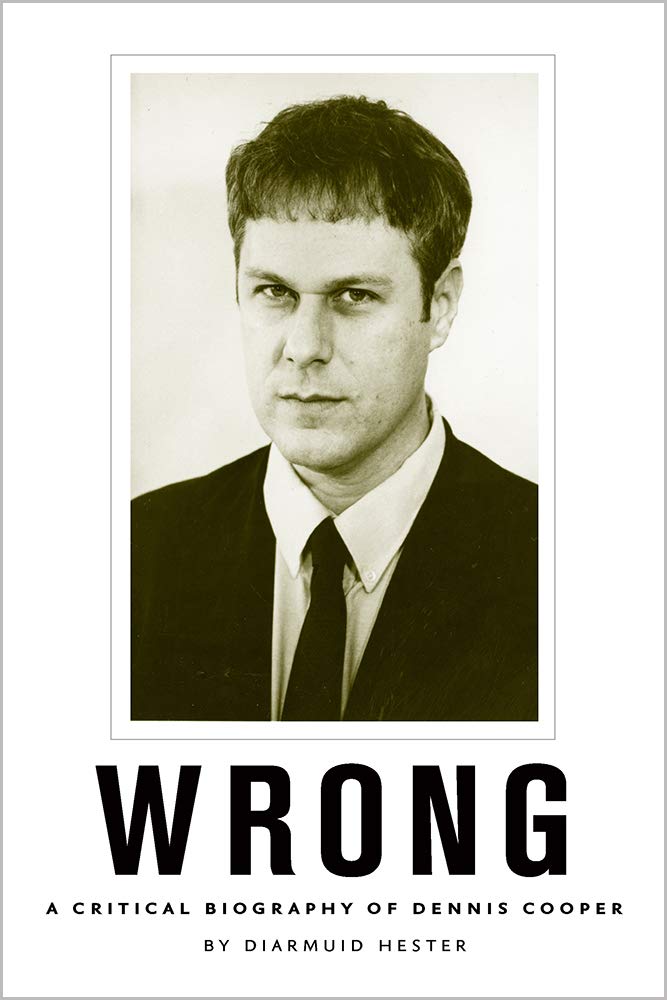—-
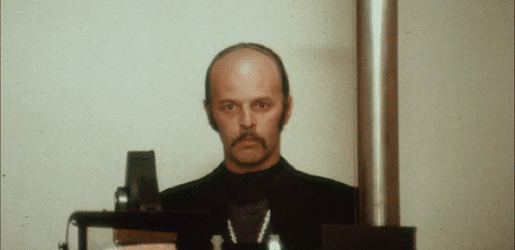
ask of psychedelic drugs.” — A. Jodorowsky, 1971
Alejandro Jodorowsky Homepage (in French)
alejandro.jodorowsky
Alejandro Jodorowsky @ IMDb
____________
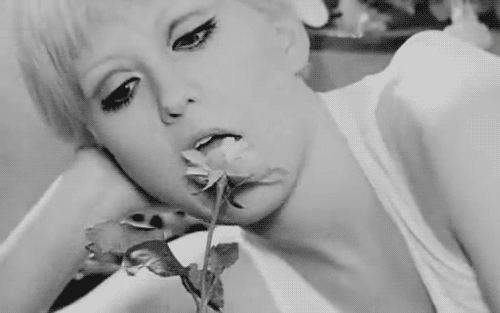
Fando Y Lis (1967)
‘Fando Y Lis definitely shows what was to come from this unorthodox, inconsistent genius. Based on Fernando Arrabal’s play, the flick was castrated by its distributors, Cannon Films, after causing a fracas at the Acapulco Film Festival for being too “corrupting.” Working with no budget to speak of, and filmed on weekends, the production reeks with Bunuel influenced surrealism and pretensions. Sergio Klainer and Diana Mariscal star as the title characters, a young couple in search of the enchanted city of Tar, where ecstasy can (supposedly) be found. Fando is impotent, Lis is paralyzed, and together they travel across a rocky landscape, equipped with their only possessions, a drum and an old fashioned phonograph. Basically, it’s a road movie that takes these holy innocents nowhere, as they encounter bizarre characters, experience childhood flashbacks, play cruel jokes on each other, and sit on rocks, rambling banalities. Sure, there are plenty of striking images along the way (i.e. a musician sits amidst urban rubble, playing a flaming piano), but the first half of this flick is an incoherent, maddeningly edited mess that makes even Fellini’s most indulgent work look coherent. It’s not until Jodorowsky ups the tripped-out absurdity that the movie begins to hit you on a gut level. Such as when Fando is whipped by a bikinied torturess and eyed by some horny transvestites, or encounters vampires drinking snifters of blood (as an additional note, Jodorowsky said that all on-screen blood was real). And what other director would keep a straight face while live pigs are being pulled from Lis’ vagina? It’s dense going for Jodorowsky amateurs, yet a field day for fans of murky, symbolic baloney.’ — Steve Puchalski, Shock Cinema
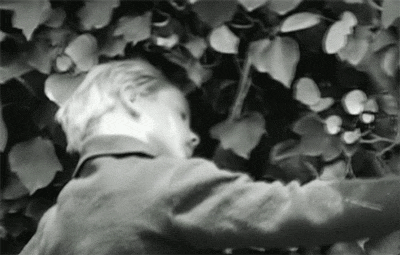
Trailer
the entirety
____________

El Topo (1970)
‘The movie may seem bewildering, however, because the narrative is overlaid with a clutter of symbols and ideas. Jodorowsky employs anything that can give the audience a charge, even if the charges are drawn from different systems of thought that are — *as thought* — incompatible…. Well, of course, you don’t need erudition to draw on matters religious and philosophical that way — any dabbler can do it. All you need is a theatrical instinct and a talent for (a word I once promised myself never to use) frisson. Jodorowsky is… a director for whom ideas are sensuous entities — sensuous toys, really, to be played with. By piling onto the Western man-with-no-name righteous-avenger form elements from Eastern fables, Catholic symbolism, and so on, Jodorowsky achieves a kind of comic-strip mythology. And when you play with ideas this way, promiscuously — with thoughts and enigmas and with symbols of human suffering — the resonances get so thick and confused that the game may seem not just theatre but labyrinthine, ‘deep’: a masterpiece.’ — Pauline Kael
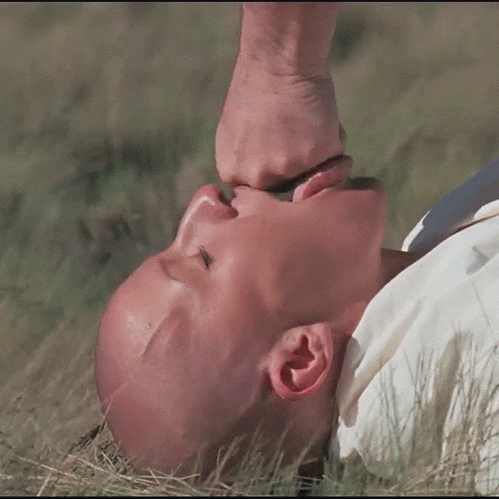
Trailer
Q&A with Alejandro Jodorowsky, “El Topo”
____________

The Holy Mountain (1973)
‘It is totally impossible to summarize Alejandro Jodorowsky’s film, The Holy Mountain. Like El Topo, it is drenched in blood and abounds in monsters. The film is the adventures of a man in search of the wise men on the Holy Mountain who finds that there are no wise men, that they are all stuffed dummies. The film attacks everyone, everything. A mother wakes up her son by tickling his genitals. She sits on the toilet seat while he takes a bath. A gas is sold that turns mothers into cannibals who then eat their children. A handbag case comes equipped with a beartrap for feminists to castrate men. The ruler of an empire is deaf, dumb, and blind. Before making an important decision, he puts his hand into his wife’s sexual organs. If they are moist, the decision is positive. If dry, the response is negative. Groups of young men are initiated into a secret society by cutting off their penises. At the end, the films’s guru makes comments like, “The flower knows. You don’t need to ask it. Plants are the books where knowlege is written. The grave is your first mother.”‘ — BJ Demby
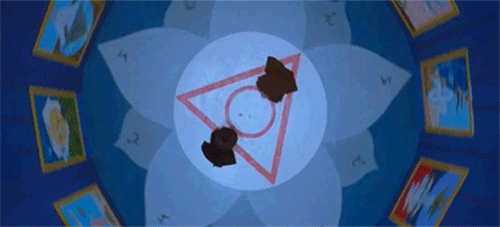
Trailer
Excerpt
____________
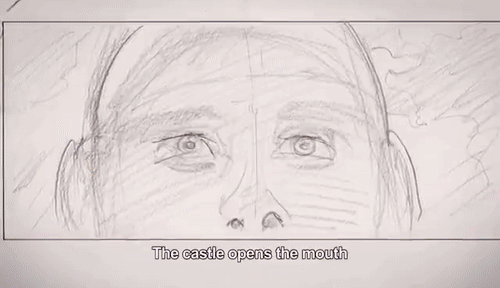
Dune (never realized)
‘Jodorowsky began working in 1975 on an adaptation of Frank Herbert’s Dune. The project was intended to involve his son Brontis (Paul), Orson Welles as the Baron, Salvador Dalí as the Emperor, Mick Jagger as Feyd Rautha, Alain Delon as Duncan Idaho, Geraldine Chaplin as Lady Jessica, Dan O’Bannon for the script, Chris Foss, Pink Floyd, H.R. Giger and Jean Giraud (Mœbius). Ultimately, its funding evaporated, but Jodorowsky claimed it was sabotaged by the major studios in Hollywood because it was too French (a strange claim considering that Jodorowsky, while a naturalized citizen of France, has never identified with any particular country or culture. Although the funding and his producer were French: Jerome Seydoux). Many close to the project claim that the set designs later turned up in Star Wars. Several of the people working on Jodorowsky’s version of Dune later worked on Alien with elements (specifically those designed by Giger) similar to that of the failed Dune project.’ — Wikipedia
from The Film You Will Never See
by Alejandro Jodorowsky
The actor that I wished for most was Dalí: for the role of the insane Emperor… Which adventure!… The Emperor buffoon, seemed to me it, could be played only by one man of the great delirious personality of Dalí . To New York, with Michel Seydoux and Jean-Paul Gibon, I arrived at our hotel, San Régis and in the hall I sees sitted El Salvador Dalí . I guess that it is indelicate to approach him immediately and the following day I called him by telephone. I speak Spanish. Dalí had not see my films but friends spoke to him about them with enthusiasm. He invites me to a very private surrealist exposure and promises to leave me the invitation under the door.
Dalí agrees with much enthusiasm the idea to play the Emperor of the galaxy. He wants to film in Cadaquès and to use as throne a toilet made up of two intersected dolphins. The tails will form the feet and the two open mouths will be used one to receive the “wee”, the other to receive the “excrement”. Dalí thinks that it is of terrible bad taste to mix the “wee” and the “excrement”.
It is said to him that I will need him for seven days… Dalí answers that God made the universe in seven days and that Dalí, while not being less than God, must cost a fortune: 100,000 dollars an hour … (read the rest)
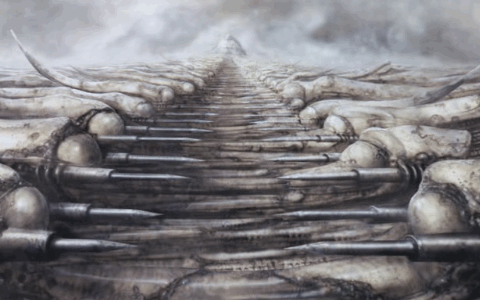
Jodorowsky’s Dune | Official Trailer
Excerpt
____________
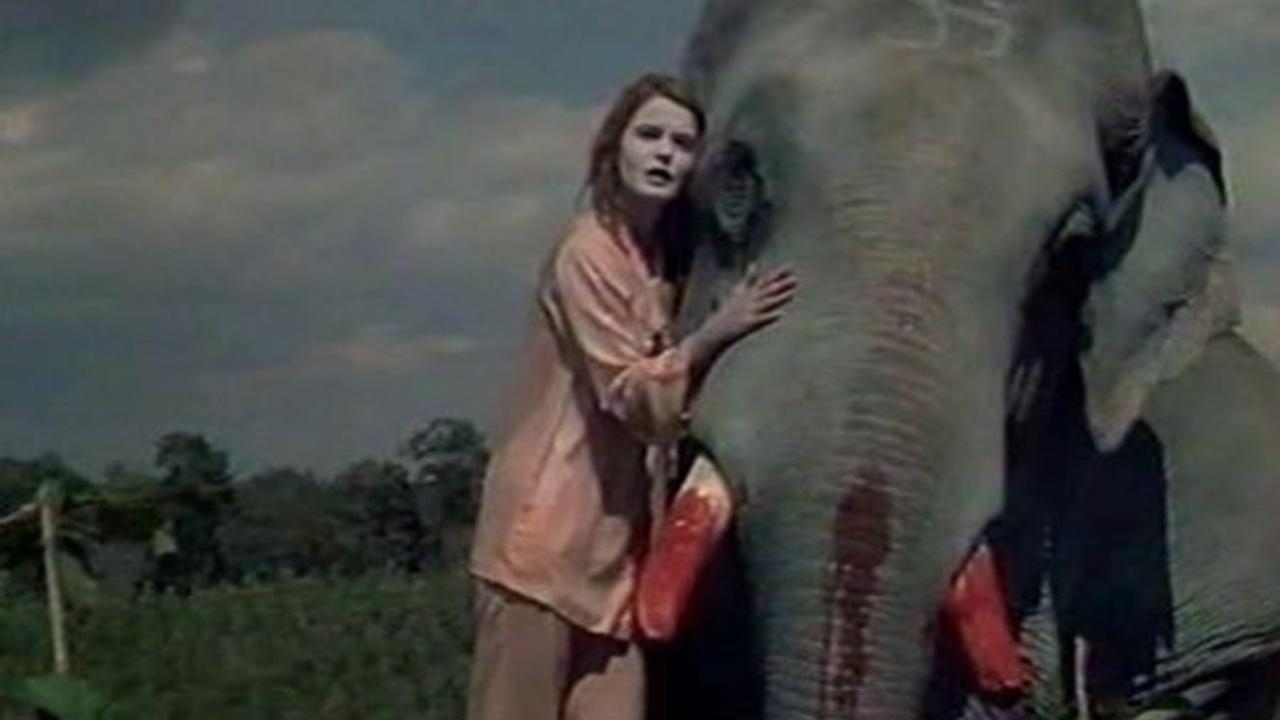
Tusk (1980) *
‘Set in turn of the century India, Jodorowsky drops most of his crazed mystical/ religious/ hallucinogenic stylings in order to tell a relatively straightforward story of a little girl, Elise, and a little elephant, Tusk, both of whom are born at the same time, and how their lives interconnect over the years (yawn). It begins on a good note, with Jodorowsky intercutting an elephant and a woman, each giving birth. But the movie swiftly turns into nothing more than a Disney G-rated nature film, with most of the $5 million budget going for Elephants-Are-Us rentals. There are a few sledgehammer-subtle points about French colonialism vs. the Forces of Nature, with Anton Diffring playing the girl’s tyranical father, and a nutty Indian medicine man popping up for comic relief. But for most of this debacle’s interminable two hour running time all we’re fed are long scenes of big animals lumbering around the countryside. When the little girl grows up, she discovers a psychic link to Tusk the Elephant when she stops it in its tracks during a rampage, but none of Jodorowsky’s crackpot enlightenment or savage grotesqueries from his earlier epics is on display here. Instead, it takes all too many predictable routes, such as Elise getting kidnapped by the buffoonish bad guys (they’re the ones who don’t respect elephants), with our heroic packyderm saving her life. Maybe Jodorowsky was so desperate to get behind a camera after all his failed attepts at DUNE, that he grabbed the first thing to come along.’ — Steve Puchalski, Shock Cinema
* Note: ‘Tusk was never distributed, and Jodorowsky has subsequently disowned the film. I’ll add that I actually saw the world premiere of Tusk at Filmex (The Los Angeles Film Festival) in 1980, and it is an excruciatingly tedious and awful film.’ — DC

Trailer
____________
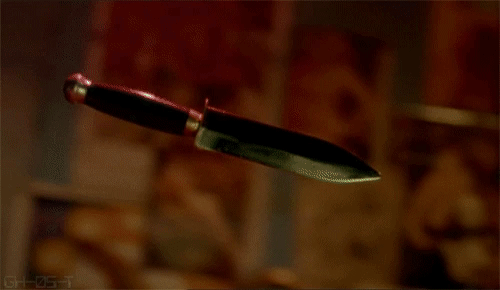
Sante Sangre (1989)
‘Sante Sangre is a throwback to the golden age, to the days when filmmakers had bold individual visions and were not timidly trying to duplicate the latest mass-market formulas. This is a movie like none I have seen before, a wild kaleidoscope of images and outrages, a collision between Freud and Fellini. It contains blood and glory, saints and circuses, and unspeakable secrets of the night. And it is all wrapped up in a flamboyant parade of bold, odd, striking imagery, with Alejandro Jodorowsky as the ringmaster. I will never forget one sequence in the movie, the elephant’s burial, where the circus marches in mournful procession behind the grotesquely large coffin of the dead animal. It is tipped over the side into a garbage dump, where the coffin is pounced upon and ripped open by starving scavengers. Another powerful image comes in a graveyard, where the spirits of female victims rise up out of their graves to confront their tormentor. And there is the strange, gentle, almost hallucinatory passage where Fenix joins his fellow inmates in a trip into town; Jodorowsky uses mongoloid children in this sequence, his actors communicating with them with warmth and body contact in a scene that treads delicately between fiction and documentary. When I go to the movies, one of my strongest desires is to be shown something new. I want to go to new places, meet new people, have new experiences. When I see Hollywood formulas mindlessly repeated, a little something dies inside of me: I have lost two hours to boors who insist on telling me stories I have heard before. Jodorowsky is not boring. The privilege of making a film is too precious to him, for him to want to make a conventional one. It has been eighteen years since his last work, and all of that time the frustration and inspiration must have been building. Now comes this release, in a rush of energy and creative joy.’ — Roger Ebert
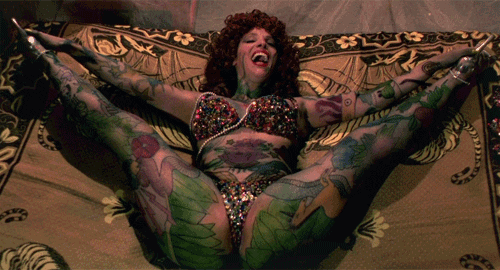
Trailer
the entirety
____________
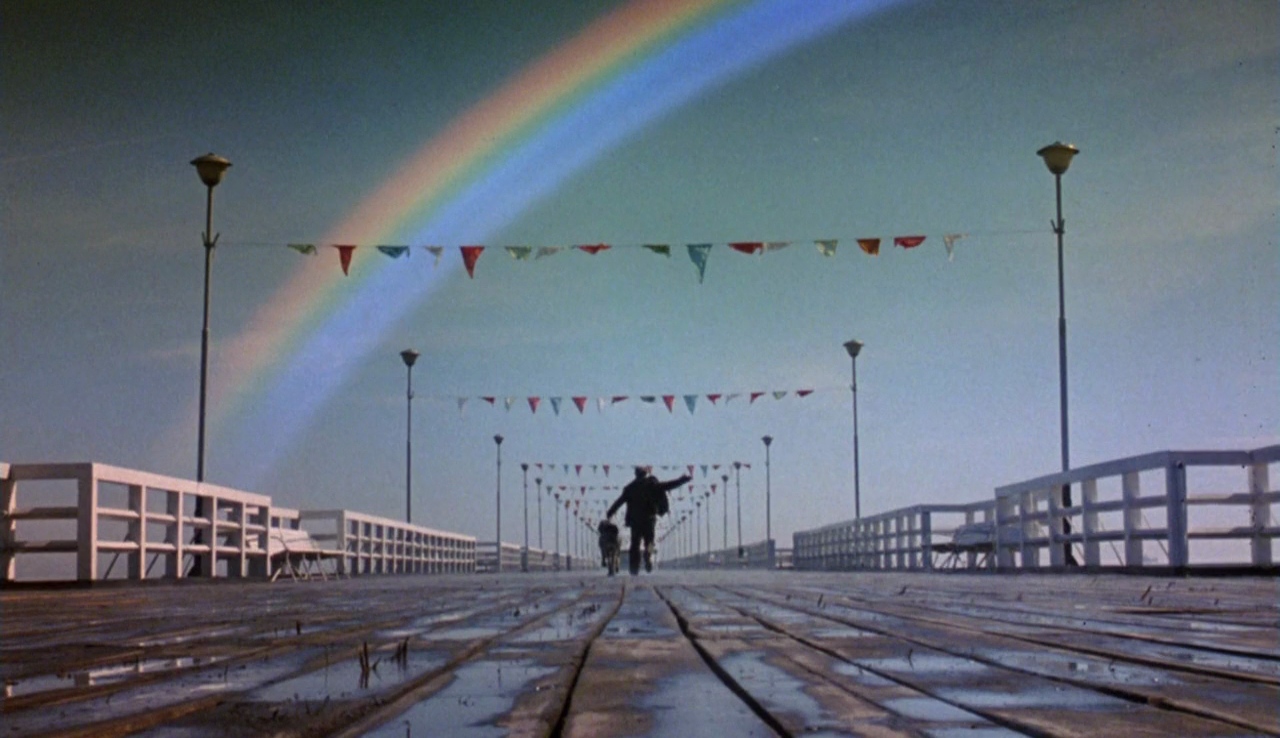
The Rainbow Thief (1990)
Thumb up: ‘At once stupefying and whimsical, unconscionably absurd and yet undeniably enchanting, the legendary Alejandro Jodorowsky’s little-seen British follow-up to his X-rated Mexican horror piece Santa Sangre (1989) is a kind of baroque, mildly surrealistic, and irreverent slapstick parable about platonic love and friendship between two miscreants — the dispossessed prince Meleagre (Peter O’Toole) and his sidekick, the diminutive and chubby thief Dima (Omar Sharif), who live together in the city sewers. Gone is Jodorowsky’s cruel streak. As is typical for the director, however, he populates his film with social outcasts and freaks — a towering yet slightly backward and soft-spoken giant; a dwarfish “bug man,” dressed all in green, sent into a state of utter panic when Dima steals his Victrola; Kronos the dog, an Afghan-hound puppet given life by Meleagre. One would be hard-pressed to explain the meaning of this piece of arcanum, yet it retains a dotty charm throughout.’ — imbd.com
Thumb down: ‘Made just after the return-to-form that was Santa Sangre, 1990’s The Rainbow Thief finds a de-fanged Jodorowsky infiltrating the world of middlebrow international cinema, with Omar Shariff as a bum playing butler to Peter O’Toole’s sewer-dwelling heir – a potentially queasy premise to be sure. To his credit, he fails miserably, damaging the film with fuzzy plotting (test audiences said they couldn’t even find the story) and rampant weirdness, much of it during the opening where Christopher Lee plays a dalmation-obsessed billionaire who serves giant bones to his guests. Still, better a failed attempt to play straight than a successful calcification. Shariff, unpredictably, delivers some unsightly mugging, but there’s a dark side to his turn, and a couple times where he could turn murderous. The ostenatious rainfall that eats up most of the final half hour is techinically impressive, but it’s sad to think that, should the upcoming DVDs not result in the handing-over of a budget to Jodorowsky’s whims — or worse, his game is now gone — this would be where his oeuvre stops.’ — Matt Prigge

Trailer
Excerpt
____________
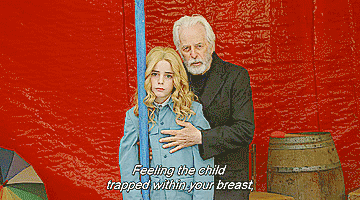
The Dance of Reality (2013)
‘The Dance of Reality, which premiered at the 2013 Cannes Film Festival, certainly looks like Jodorowsky put in the hours with the money men, as it’s an exotically articulated autobiography of the director’s upbringing in Tocopilla, Chile, realised with some (if not all) of the radical bombast of the films that made his name: 1970’s El Topo and 1973’s The Holy Mountain. The film, however, is something of a glorious mess, with individual grandiose set pieces inelegantly stitched together in the place of an immersive and comprehensible drama. The director himself appears to offer advice to his younger self, though his musings are, for the large part, comically unintelligible. It’s an unflinching depiction of the violent atmosphere which erupts under totalitarian regimes, and amid its eccentric loungers, there is evidence that the director does offer a pithy political commentary to these trying times. Eventually, The Dance of Reality is too big for its boots, with Jodorowsky seldom convincing that he’s been strict enough with the material in the edit suite. The production design, costumes and sets are spectacular, yet the director milks them for all they’re worth, trying audience patience at every conceivable chance. Yet it does prove that the director still has the nous to do what he has always done best: to operate at the combustible point where violence and beauty commingle and to sear outlandish images into your deep sub-conscious.’ — David Jenkins
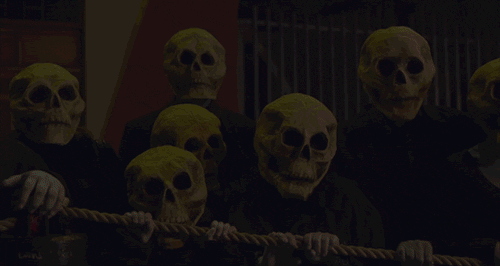
Trailer
Excerpt
____________

Endless Poetry (2017)
‘Endless Poetry broadly covers the period in Jodorowsky’s life when he left home for a bohemian life in the Chilean capital of Santiago, dabbling in poetry and performance, before finally moving on to Paris in the 50s and bidding a painful final farewell to his father, who has now evolved from a stern communist to being just a fierce and closed-minded shopkeeper who doesn’t scruple to assault and humiliate shoplifters. His mother (Pamela Flores) only ever sings her lines in the manner of an opera diva: a bizarre convention that you cease to notice almost immediately. The circuses, clowns and dwarves have understandably led many to compare this to Fellini; I would also suggest a bit of Kusturica. But the early scenes are very literary and interestingly Dickensian. Alejandro’s parents are larger than life in the right way – and so are his dodgy cousins and grandma who cheat at cards when Alejandro is dragged round for a get-together In a rage, Alejandro chops down a tree, which triggers his final showdown. He walks out and finds himself living in a raucous – and Dickensian – colony of artists, one of whom falls poignantly and unrequitedly in love with him. It doesn’t look like an old man’s film to me: there is gusto and energy, a need to excite, shock, bewilder. You can sense here something you rarely experience, even in the very best films: how much the director is simply enjoying himself.’ — Peter Bradshaw
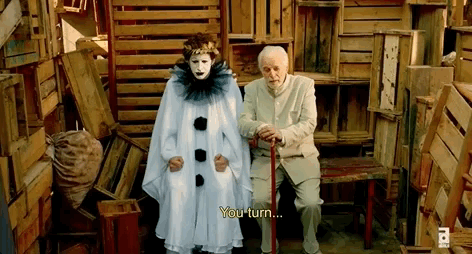
Trailer
Excerpt
____________
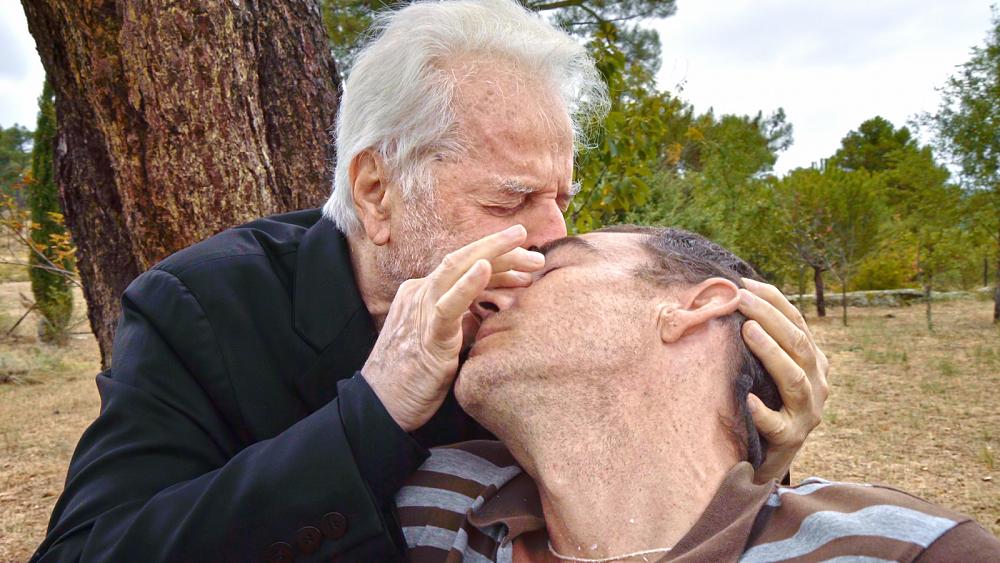
Psychomagic
‘Alejandro Jodorowsky has lately committed his time and attention to developing a psychological therapy called “Psychomagic” which aims to heal the psychological wounds suffered in the early stages of life. This therapy is based on the belief that the performance of certain outside acts can directly act upon the unconscious mind, releasing it from a series of traumas, some of which are passed down from generation to generation. These acts are prescribed by the therapist after having studied the patient’s personality and family tree.’ — Wikipedia

What does it take to be a psychomagician?
by Alexandro Jodorowsky
# A true therapist cannot be trained in less than five years and a psychomagician in no less than seven years.
# A psychomagician must first be an actor, artist, poet, writer, painter, mime, musician, etc. He should have mastered all art forms.
# Studied a martial art, Eastern philosophies and shamanism.
# Experimented with hallucinogenic mushrooms and other elements.
# Have an occupation outside of being a therapist to work free of financial pressures.
# Be familiar with tarot, alchemy and cabbala.
# Had contact with a well known healer.
# Been psychoanalyzed, know the history of psychoanalysis and its many theories and know the works of Freud, Jung, Grodeck, Lacan, Erickson, Dolto, etc.
Alejandro Jodorowsky’s – Psychomagic, A Healing Art (Official Trailer)
Alejandro Jodorowsky Performs Psychomagic
____________
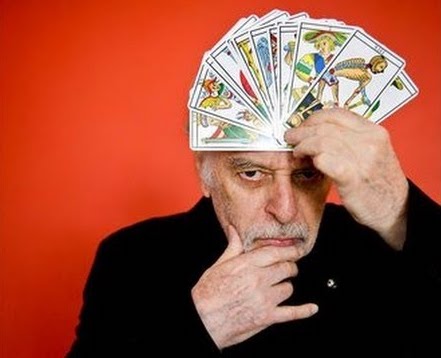
Tarot Scholar
TAROT OF MARSEILLES
restored by Philippe Camoin and Alejandro Jodorowsky
‘Keeper of the Tarot of Marseilles Tradition for more than two centuries, the Camoin House was forced by the industrial revolution to change the colors of the Tarot. After a long research work, Ph. Camoin and A. Jodorowsky have restored the original colors and symbols of the Tarot. Some of them were incomplete or had already disappeared in the 18th century.’
Order it here
RESTORING THE TAROT OF MARSEILLES
by Alexandro JodorowskyAfter studying Tarot for over 40 years, I met in Paris Philippe Camoin, who is the direct heir of the Camoin family, the last of Tarot of Marseilles printers in Marseilles. The origin of the factory dates back to 1760; it was created by Nicolas Conver, who at that time carved the most celebrated Tarot of Marseilles, the Nicolas Conver Tarot of Marseilles (reissued in 1965 by Camoin House). From the outset we decided to work together on restoring the Tarot of Marseilles such as it originally was. Knowing secrets facts regarding its history, manufacturing, tradition, symbolism and being in possession of original plates, we were the only ones who could restore the original Tarot of Marseilles. We studied and compared on computer innumerable versions of the Tarot of Marseilles, among which were the Tarot of Nicolas Conver, the tarot of Doodle, the Tarot of FranÁois Tourcaty, the Tarot of Fautrier, the Tarot of Jean-Pierre Payen, the Tarot of Suzanne Bernardin, the Tarot of BesanÁon by Lequart, etc. The difficulty inherent in such a task of restoration lies in the fact the Tarot of Marseilles is made of symbols which are tightly intertwined and linked to each other; if one modifies one single feature, the whole structure collapses. One must therefore be fully aware of its creator’s plan and real intentions in order to achieve such a work without danger. (read more)
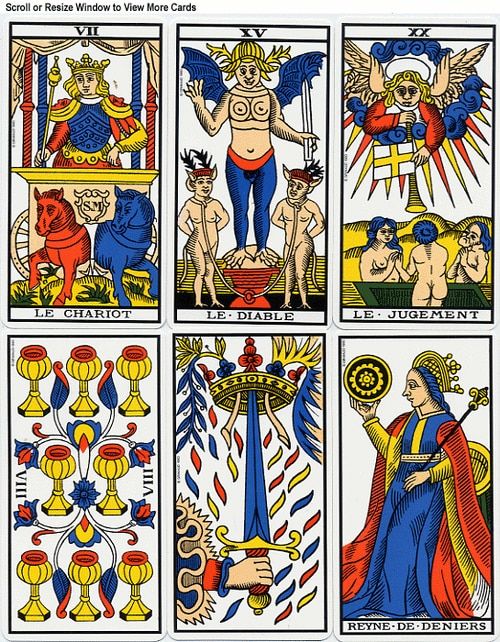
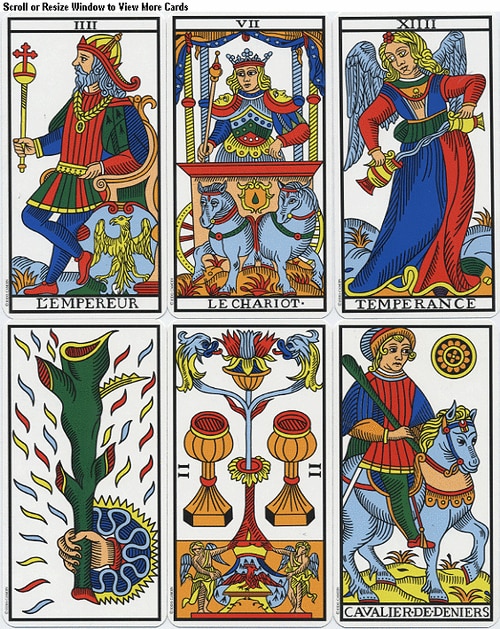
Jeanne Moreau explains the Tarots de Marseille to Alejandro Jodorowsky
Alejandro Jodorowsky, Signed Tarot de Marseille Deck (Unboxing)
____________
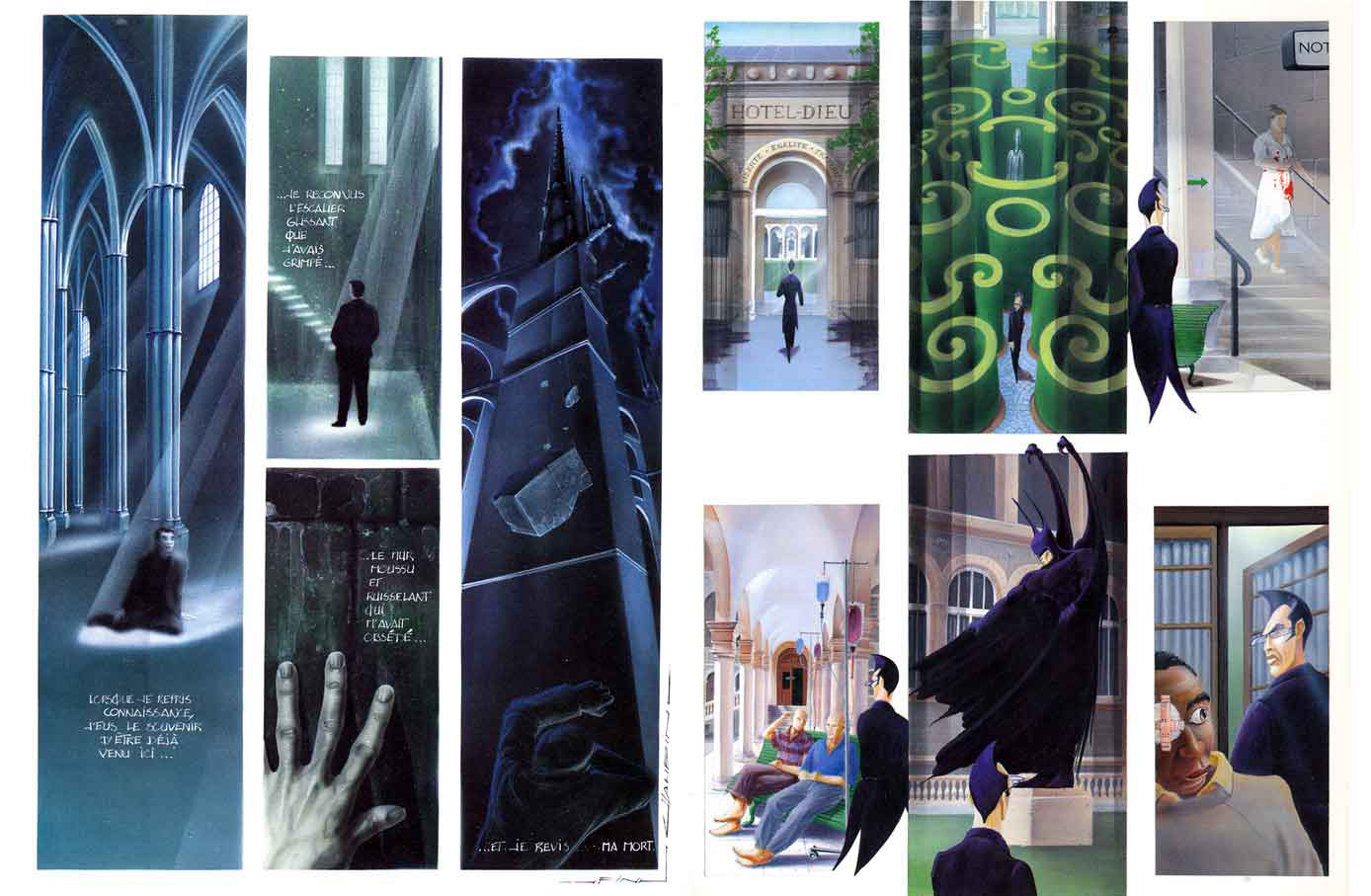
Graphic Novels
‘After the completion of Tusk, Jodorowsky began to study the Tarot in depth. This interest lead to a collaboration with the similarly minded artist/ designer Moebius (Jean Giraud), resulting in a graphic novel entitled The Incal with deep roots in the Tarot and its symbols. The Incal’s success in France inspired a prequel and sequel, and went on to form the first three books in a sequence of science fiction themed graphic novels, all set in the space opera Jodoverse (or “Metabarons Universe”.) They include The Caste of the Metabarons, The Technopriests, Incal, Moonface, and Megalex as well as a RPG adaptation entitled The Metabarons Roleplaying Game. Many ideas and concepts featured in this universe derived from Jodorowsky’s planned adaptation of Dune. In 1997, Jodorowsky sued the French film director Lus Besson, alleging that the ideas in the latter’s film The Fifth Element were stolen from his graphic novels. Jodorowsky lost the lawsuit. Action- adventure comics by Jodorowsky outside the science fiction genre include the historically- based Bouncer, Son Of The Gun and The White Lama.’ — Wikipedia
Revisiting THE INCAL, and Oversizing It!
It’s the 40th anniversary of The Incal. Do you remember starting to work on the project?
AJ: When I made The Incal, here in France, bande dessinée — the comic — was regarded little more artistically than in United States. They were in bigger editions or printed on nice paper, but they were always a continued storyline: you have a hero like Superman, [or] Spider-Man, and at that time, you were always continuing to make this stories. It is without end.
Then I decided I want to make a complete novel: I will make a start, an end, and all this — only six books. Only that, one book every year. Then I can tell any story, not a continuation all the time.
I thought, “One day I will have The Incal in only one volume, like a real novel.” The years pass, and now people start to understand The Incal is one complete story. That made me happy. My son is growing! He’s an adult now.
The Incal, as I understand it, came about in part from your Dune project which is where you first worked with Moebius.
AJ: In the beginning, The Incal came out of a dream. I dreamt something like two pyramids, white and black together inside.
Later, when I did make Dune — Dune, for me, was the adaptation of a book which is not so visual. The first 100 pages, you don’t understand it very well — it’s complicated, very complicated. For my adaptation, I had invent a lot of visualizations — this is the jewel of Jodorowsky. I didn’t make the picture, but much of that work, [the material] not in the book, that led to The Incal.
One of the things that is interesting about where The Incal falls in your career though is that it picks up themes from El Topo, from The Holy Mountain. It is again, a story about enlightenment. It’s a story about someone realizing their place in a grander scheme.
AJ: Yes. I always have this secret. In many of the theater plays and the novels, the character doesn’t change a great deal. Hamlet, all the time is doubting! (Laughs.) He says, “I am good, I am bad,” and he dies like that. So I said, “I will take a character who is down, down” — he’s a miserable guy, all [of] the defects of the ego, all this kind of thing — and, step by step, he grows and he grows. He doesn’t want that, but it happens like that. In the end, it’s speaking with God! In the end, he’s the biggest character possible.
You were talking about how people approach enlightenment — as you say, starting as one thing and becoming, maybe not intentionally, something greater. Is this a theme that speaks to you, that you find yourself returning to?
AJ: What is enlightenment? I searched for enlightenment in all kind of disciplines, spiritual disciplines. You don’t see it, but I live in the library. I am full, full, full of books! I was searching because my father was an atheist, a Communist — I was five years old and he said to me, “God doesn’t exist. You die, you will perish and they are nothing. Nothing.” He took from me, as a child, the metaphysical experience.
I have nothing to love, no faith, no nothing. I needed to construct my spiritual myself in order to survive. I was searching and, for me, enlightenment is how to find yourself. It’s the discovery of your innocence. That is enlightenment. There is not one enlightenment. Instead, there is one [unique] enlightenment for every person who lives on the planet: to be what you are and not what the system and the other person want you to be.
Alexandro Jodorowsky’s graphic novels
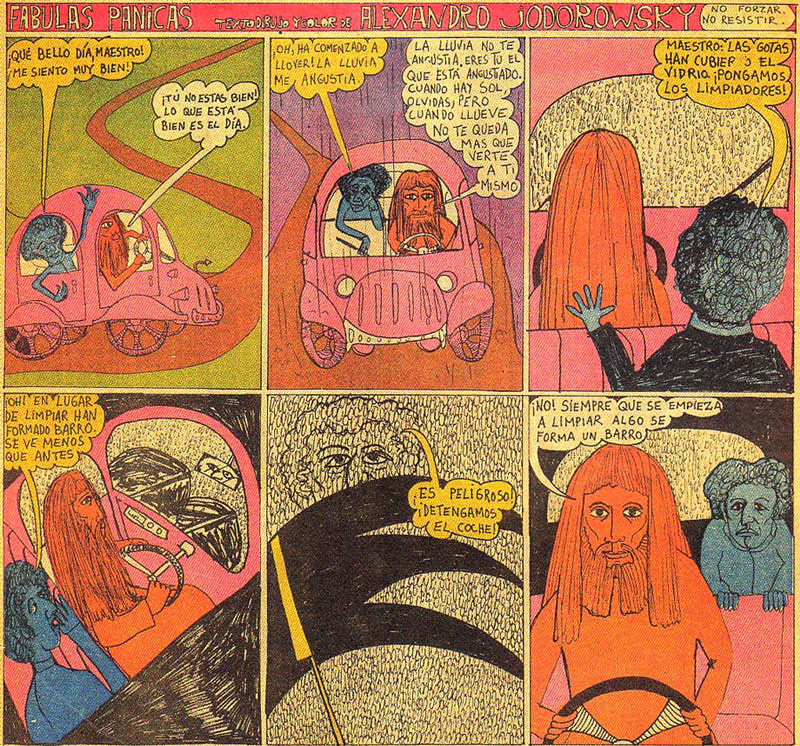
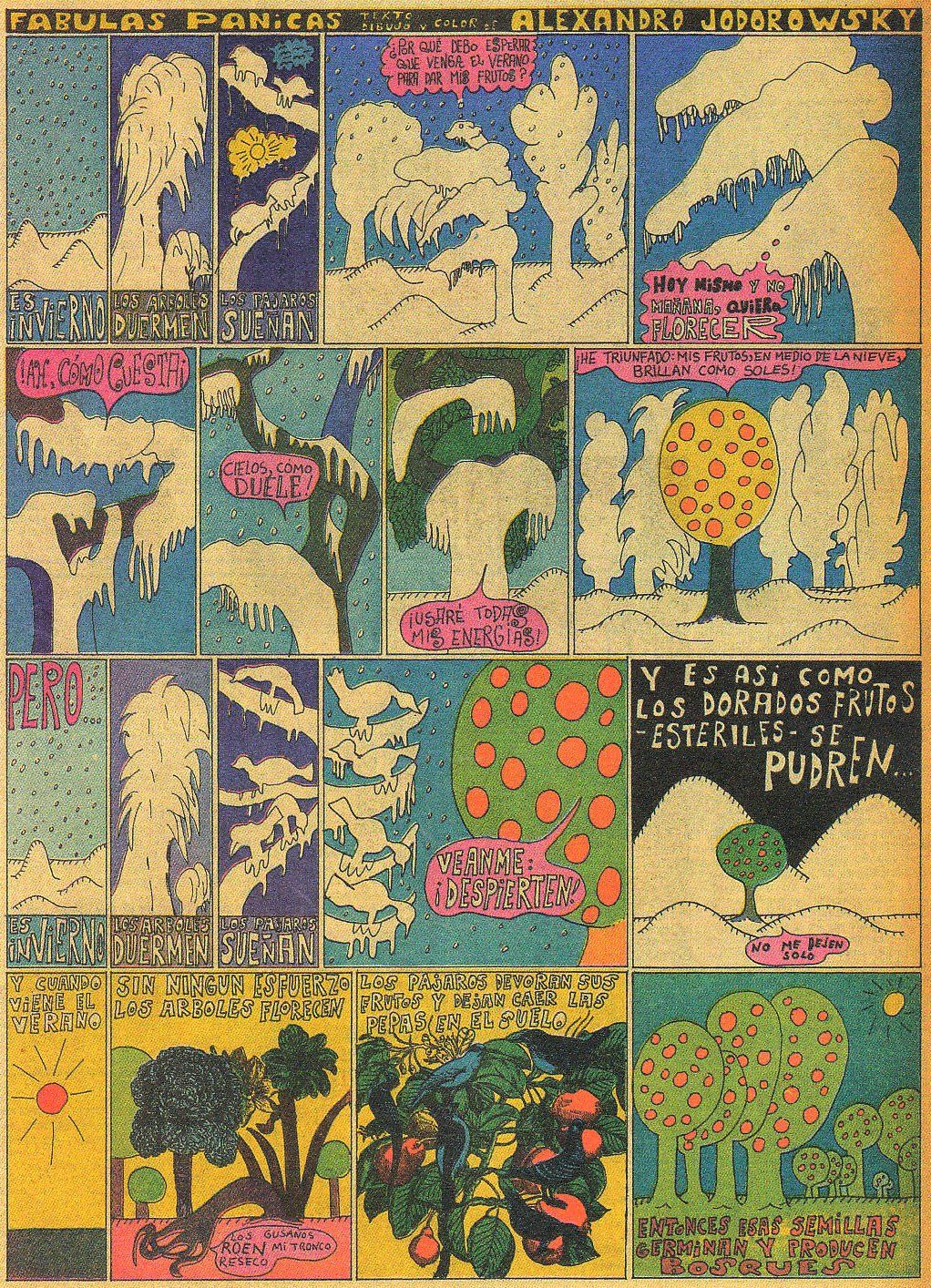
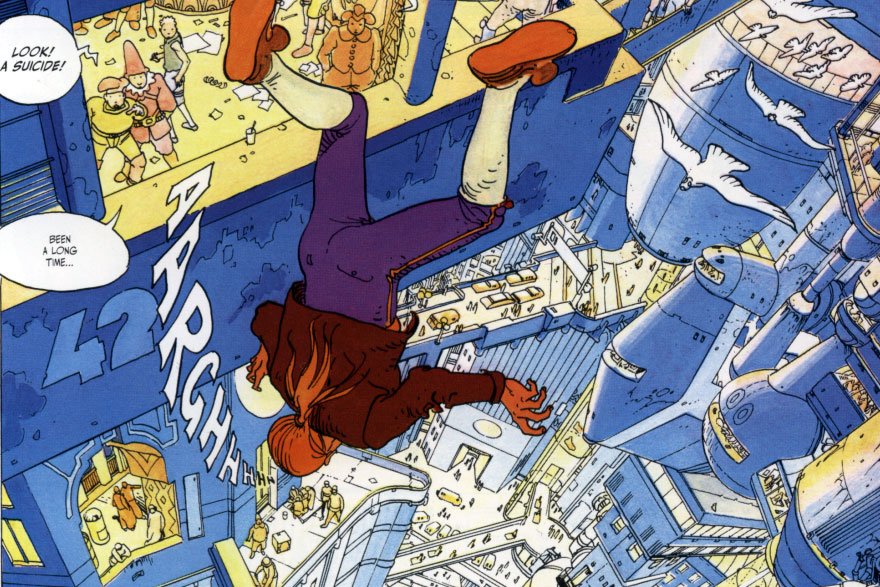
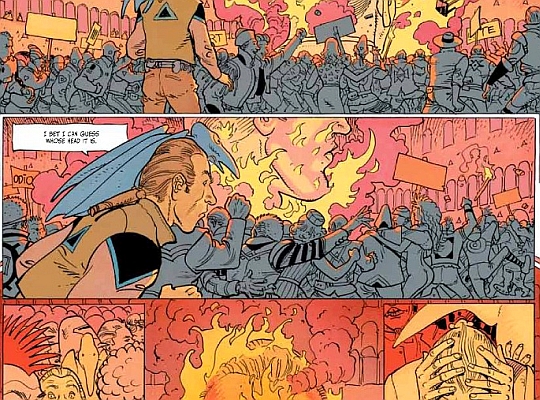
*
p.s. Hey. A generous regular reader of this place who chooses to call themself Crop Encircled Boy wrote to me to say that one hole in my otherwise pleasurable blog was the absence of a post dedicated to Jodorowsky. They were right, of course, and they sent along the excellent post/fix you see above, and we’re all the much richer for it, I say. Please scroll and hunt and peck and so on through the wares on display and give a hey-or-thanks-or-something-shaped shout out to our guest host if you will. Thanks, and thanks a bunch for righting DC’s wrong so colorfully, CEB. ** David Ehrenstein, Hi, and thanks. ** _Black_Acrylic, Hi, B. thanks for thanking PKinman who maybe hopefully checked in. And thanks for your parallel playlist, which I will launch into my ears once this p.s. is history. Everyone, Treat alert! ‘Back in 2013 DJ Ben ‘Jack Your Body’ Robinson (aka _Black_Acrylic) brought this set of “Outsider Music” for the I Like Yellow Things zine launch in Dundee.’ Ben knows his shit like few others, so hit those green words and pig out. ** Misanthrope, HI, G. Work swampage. Consequential money and the masses’ needs being met. Good on ya. But, yeah, don’t exile your own stuff. ** Dominik, Hi, D! Thanks about the post. I really should find a way to tell PKinman his fest was reborn. Mental note. Love after discovering through his search of his parents’ amateur porn tapes that they’ve been sneaking into his room late at night and having orgies with his snoring bodies for years, Dennis. ** G, Hi, G. Well, we got lucky again. The lockdown was not made stricter but just extended longer, and travel between here and the UK has been made even more impossible than it was. I bet your graph was plenty beautiful. Aw, thank you about your ‘Try’ birthday. That’s crazy (in the great way). When I was a teenager, I was famous amongst my friends for my carrot cake making skills. But everyone always ate my carrot cake when they were really 420’d out, so who knows. Oh, wow, thank you about the birthday gift! Wow! My birthday is saved. My building’s concierge left me a note yesterday saying he has some packages for me, so it must be among them. Now to track him down. He’s slippery. Thank you, thank you! I’ll take my reading glasses off until the package is open. Hugs! ** T, Hi there, T! I haven’t been to Sapporo. I’ve traveled around the country and did some islands, but that’s a spot that hasn’t been creased yet. It’s actually on the list of cities I want to visit on my next trip. Did you go to the ‘art islands’: Naoshima, Teshima and Inujima? They’re amazing. I try to go there every trip. You almost did a sumo match, wow. It’s hard to imagine a non-very padded person doing those moves and stuff. Sounds dangerous even. The one I saw was at some big stadium in Tokyo. It’s was a national championship thing. It was super weird in the great, mindblowing way ‘cos I didn’t understand at all what going on or what the rules were or anything because I don’t speak a syllable of Japanese. There was really cool merch. I didn’t buy any, which is a big regret now. I read and do the p.s, in the morning. It’s, what, 8:25 am as I type. so your wish for the day has a lot of room available to come true. When do you read this? I hope your day has either a rocketship-like launch or looks amazing in the rear view. ** Jack Skelley, Ha ha, I had a feeling you might be on board with that post. Really? About David Liebe Hart? Maybe I’ve seen him and blanked it out to avoid trauma. Want to read your poem. Findable? Shiva makes me almost wish I was still curating the Beyond Baroque readings. I’d love to book him, maybe as an opening act for (name of horrible local LA poet). Big up! ** Steve Erickson, It is, and Mr. PKinman is one of the great online scholars of it. I too have a guilty pleasure thing for celebrities’ nose dives into pop music. I don’t know the Pesci, but obviously I’ll head over there. I think this calls for a post. ** Jeremy McFarland, You can probably find those CDs on eBay, but it seems kind of possible that your imagination is a funnier Amish recording artist than the actuals. We didn’t get more strictly locked down after all. Phew. But what with all restaurants and cafes and entertainment venues of every kind locked up, it’s not exactly a very birthday-friendly time even so. Oh, well. If I can manage to get a Switch by then, my birthday will be a most joyous one, so fingers crossed. Thanks, J. ** Brian O’Connell, Good morning, Brian. PKinman did the blog very good, yep. I hope he knows. Mann is interesting because he can write very clearly/elegantly and he can also write dense, difficult fiction, such as in his giant tomes ‘The Magic Mountain’ and ‘Dr. Faustus’, both of which are great, in my opinion. As are the simpler ones like the stories and ‘Death in Venice’. The Visconti film is great, I think, and one of those rare cases when a film adaptation of a great literary work doesn’t suffer by comparison. Curious what you’ll think of novella/film. Mm, so hard to know how these last 14 days will play out. I suppose if social media keeps banning him and the people around him keep him sequestered and spinning in his insanity as privately as possible, the time could pass somewhat uneventfully. But, hey, he could explode too, and probably will. Utterly psycho situation. But, yes, let’s figure out a way to have simultaneously peaceful and productive, output-y Fridays, eh? xo. ** Okay. Be with Jodorowsky and his stuff on the local level until I see you next, i.e. tomorrow.
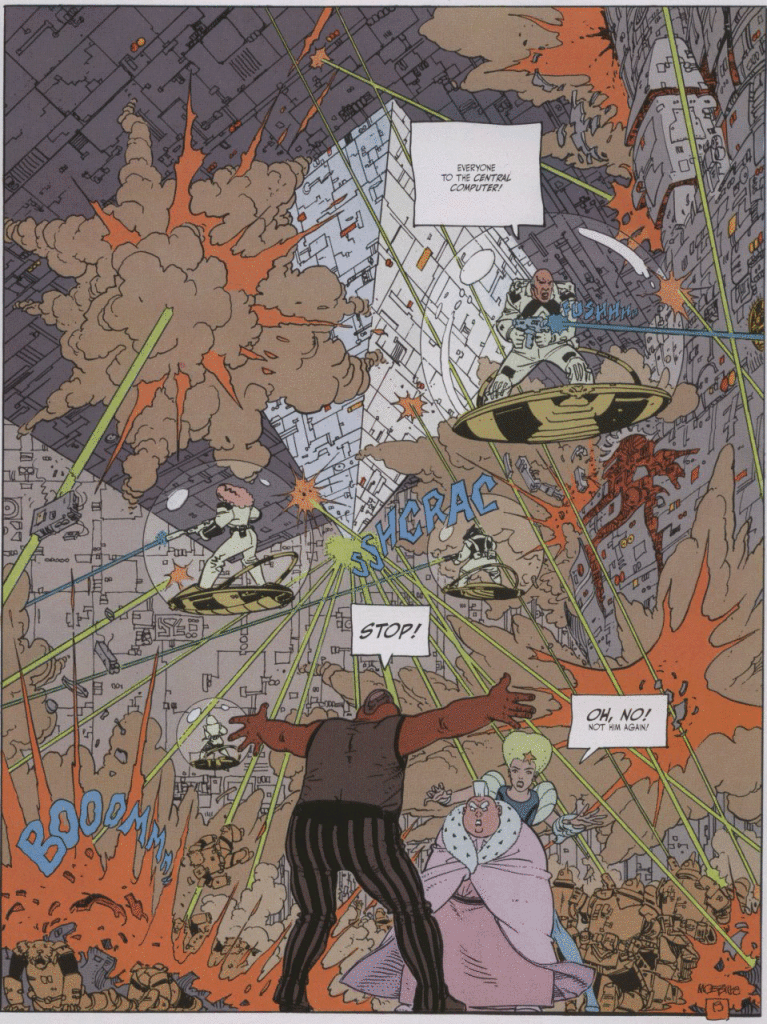


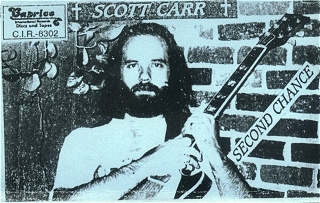

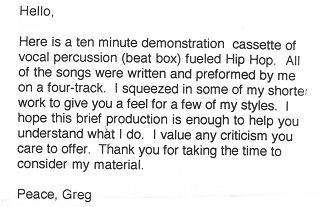
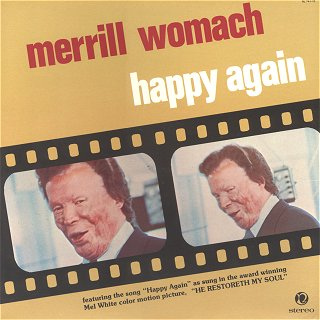


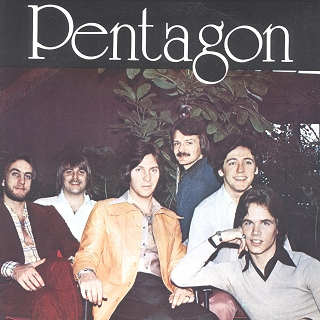
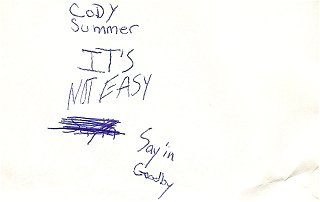
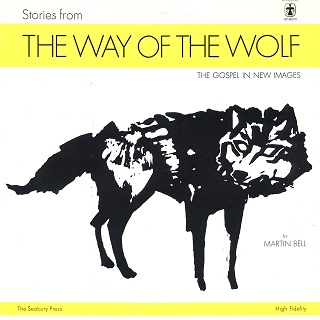
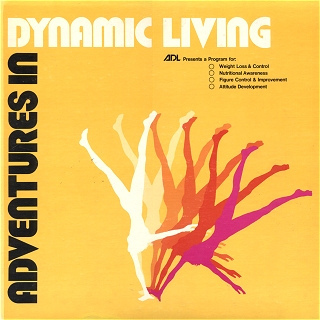
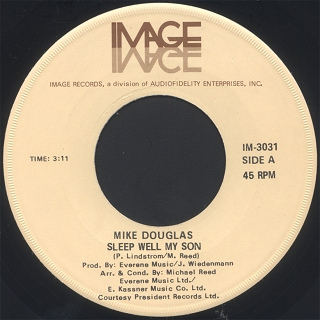
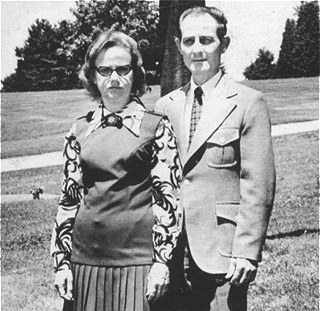
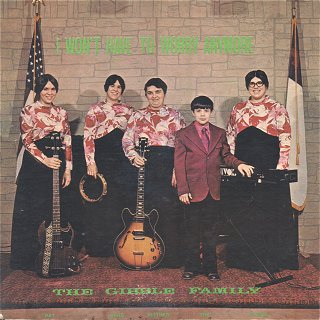


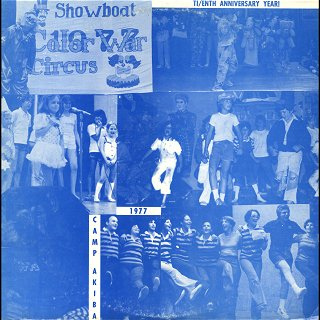
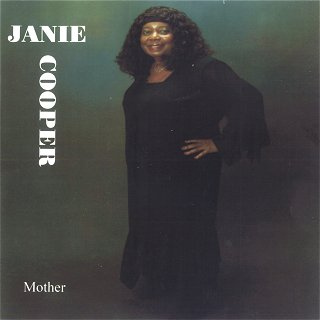


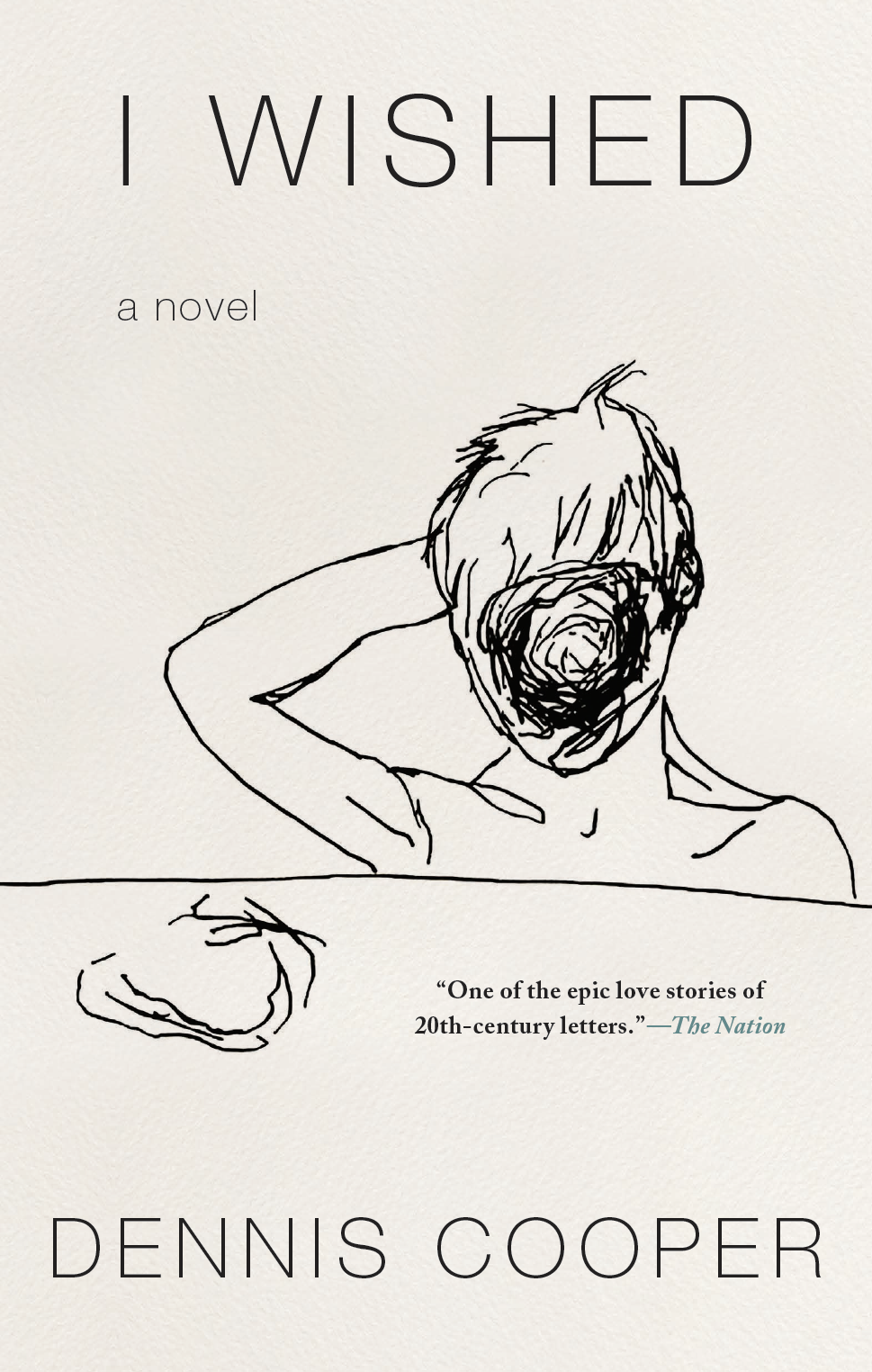
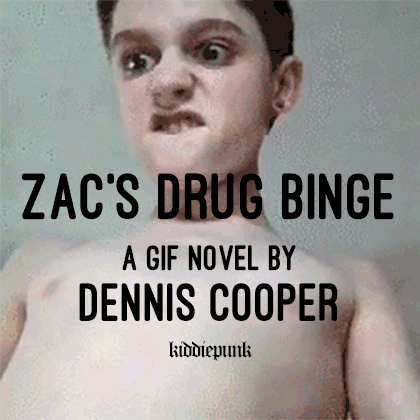
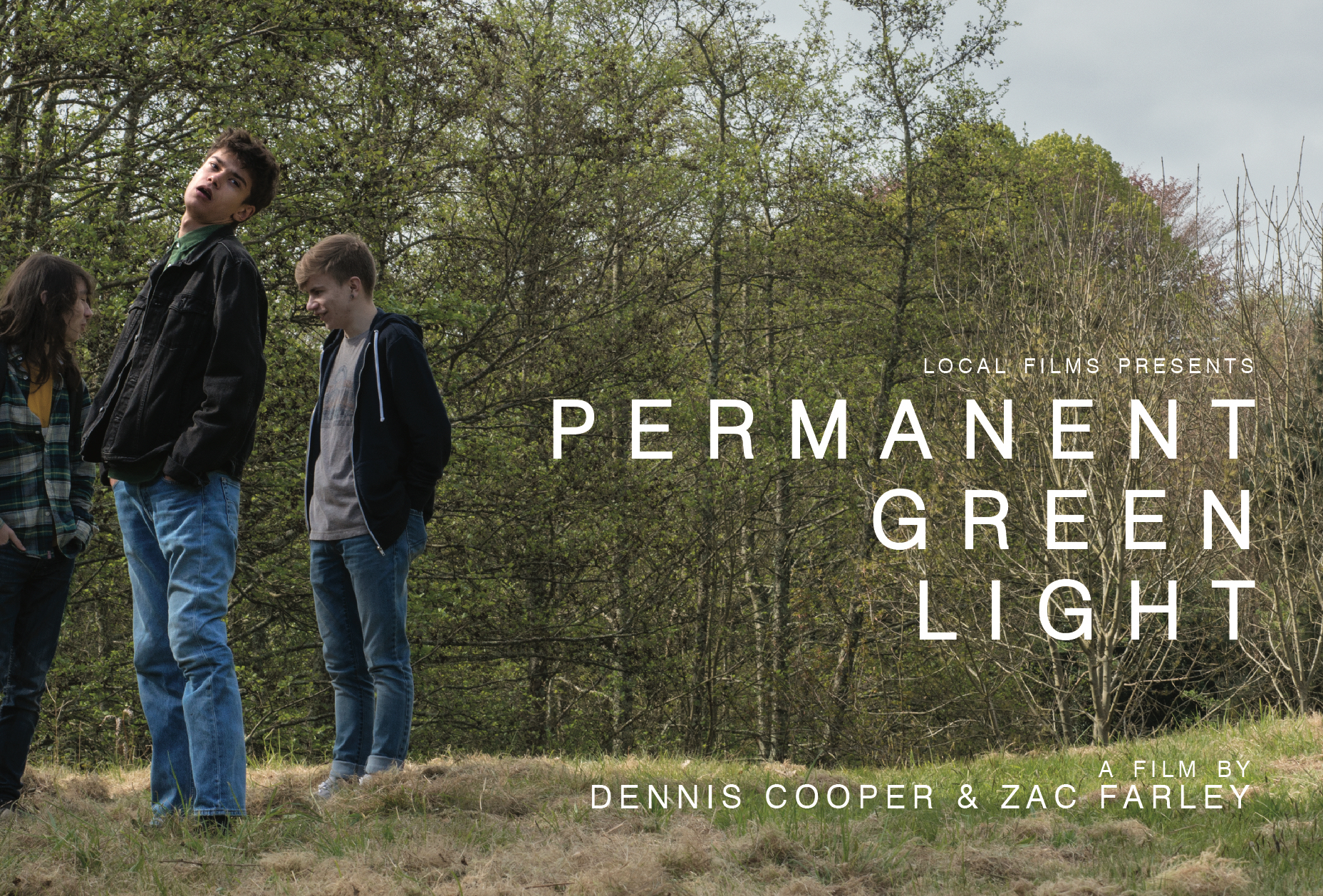 Now available in North America
Now available in North America 